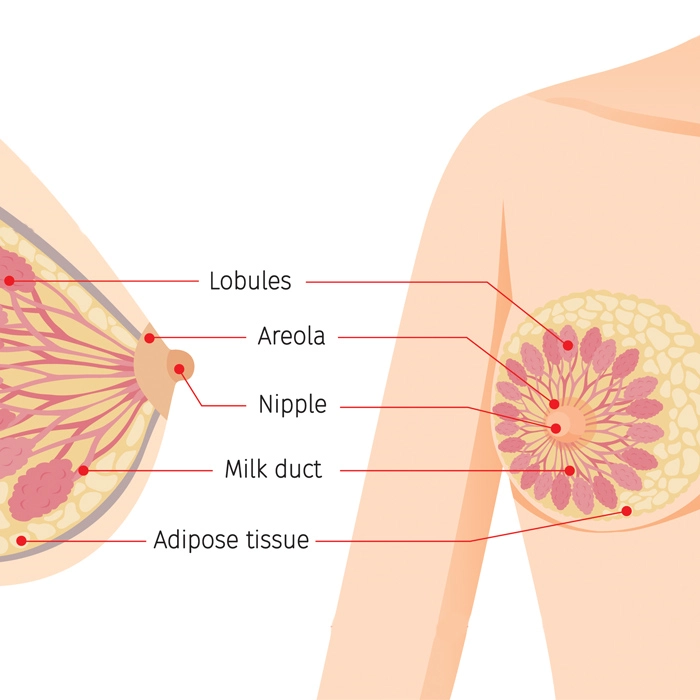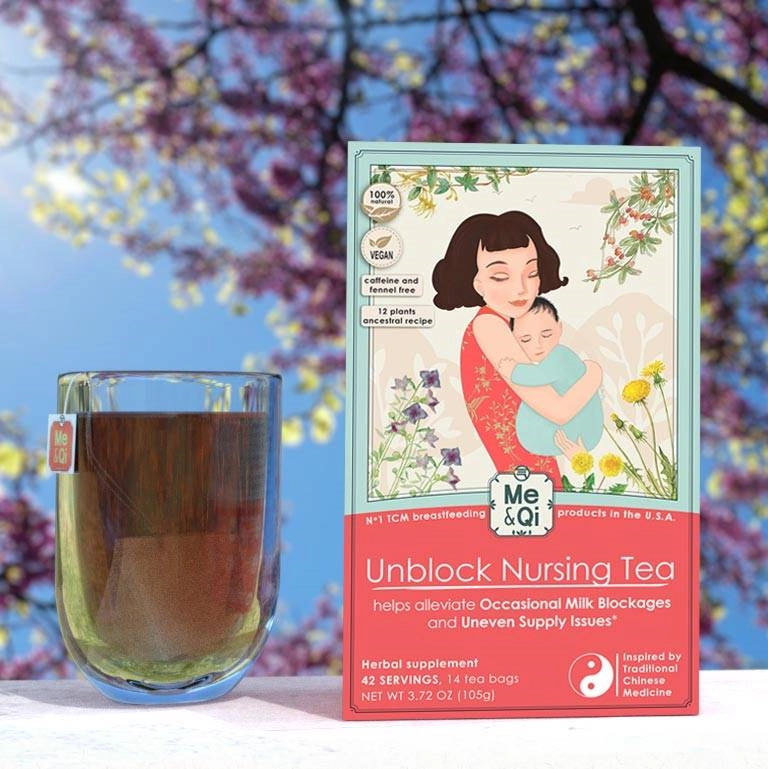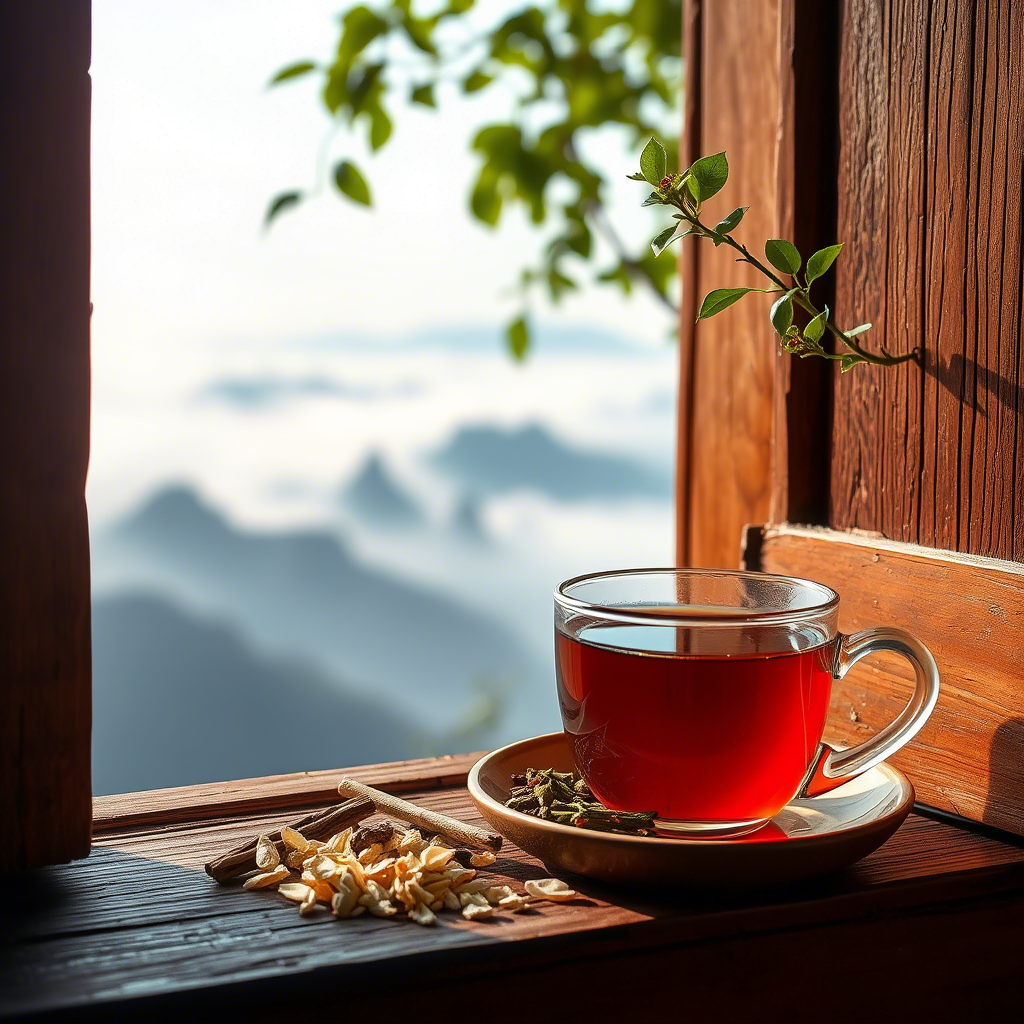Contents
- Is it normal that pumping hurt?
- Possible reasons why pumping might be painful
- Cause 1: Unfit flanges or funnels
- Cause 2: Improper use of the machine
- Cause 3: Bad quality or unsuitable pumping machine
- If you feel pain when you both pump and breastfeed
Is it normal that pumping hurt?
Pumping normally should not hurt. There might be some mild numbness throughout as well as sharp shooting pain at the beginning a session but it should not last more than 10-15 seconds.
If the pain lingers for a long time, please check if it also happening when you nurse your child directly.
If that's the case, then it is pain that's associated with breastfeeding itself. It can be due to whole range of issues: breast engorgement, clogged milk ducts, milk blister or bleb, nipple fissure, etc. Please jump to the final part of this article for more details on all those conditions.
If the pain is only associated with pumping, it might be due to the quality of the pumping machine, an improper use of it or unfit flanges or funnels. More details in the next section.
Possible reasons why pumping might be painful
If you're positive the pain you're feeling is associated with pumping and not with breastfeeding itself, here are three possible causes. For pain related to breastfeeding itself (and not especially pumping), jump to the next section.
Cause 1: Unfit flanges or funnels

The size of your pumping machine's flanges should be based on the width of your nipples.
If you look at the image above, image 1 has a flange with the correct size. The flange has just enough space for the nipple to comfortably go through.
In image 2, the flange is too small: the nipple drags on the inside of the funnel as it moves back and forth. This will make your nipple get increasingly sore.
In image 3, the flange is too large. As a result part of the areola is pulled into the funnel. This can also hurt your breast.
Cause 2: Improper use of the machine
You might setting the suction power of the machine too strong. When you start using your machine, always start with a low to medium suction level. High suction power might be too strong for you and hurt your nipples. You can increase the suction power when you get use to it.
It can also happen that you didn't install all parts of the machine correctly. Check the instructions to make sure you've put your machine properly or consult with the machine's distributor.
Cause 3: Bad quality or unsuitable pumping machine
If you want to pump regularly, it is recommended to use a hospital-grade machine, ideally double-sided as it can save you a lot of time.
It's always better to go for a renowned brand like Medela for instance. Ask around (a lactation consultant or fellow nursing mums) to get some feedback first.
If you don't want to buy an expensive machine directly, you often have the option to rent them. Like that you can also try different brands and different models to see which one is the most suitable for you.
If you feel pain when you both pump and breastfeed
If you feel pain both when you pump and breastfeed, the pain isn't related to your pumping but it's rather associated with breastfeeding itself.
Here is a list of the most common breast and/or nipple issues that may cause pain:

- Engorgement: When an excess of milk is blocked in your breast's lobules
- Clogged milk ducts: This is when milk ducts, the "pipes" inside your breasts, get blocked
- Milk blebs or blisters: Those are pimples that can appear on the nipple or areolas, often due to hardened milk blocking your nipple pores
- Vasospasms, Raynaud's and nipple blanching: When blood flow gets blocked in blood vessels it results in pain and a phenomenon called "blanching"
- Nipple fissure: Also called "cracked nipple", it's when you have an open wound in your nipple or areola
- Nipple thrush: It is a kind of bacterial infection that develops from untreated nipple fissure
- Mastitis: It is a severe infection of the breast that can develop from untreated clogged ducts, engorgement or other issues
- Breast abscess: This typically occurs when mastitis is not treated properly, the hard lump under the breast become pus due to inflammation
Among the issues above, engorgement, clogged milk ducts and milk blebs/blisters are comparatively mild.
To solve them we recommend home remedies such as Unblock Nursing Tea. It's an herbal tea made of 12 natural herbs that's designed to remove blockages like those behind those issues.

It contains a lot of "cooling herbs" famous for their anti-inflammatory properties such a Honeysuckle flowers or Dandelions as well as plants that ease circulation of fluids in the breasts.
For other home remedies, please refer to this article on treating engorgement and clogged ducts and this one for milk blebs and blisters.
Nipple fissures are slightly trickier since we're speaking about an open wound. It is not easy to heal as expressing milk tends to constantly reopen the wound.
The best thing to do is to use a nipple shield and apply nipple cream, which can act as a shield against bacteria. It's also recommended to drink Unblock Nursing Tea for its anti-inflammatory properties.
Nipple thrush, mastitis and breast abscess are much more severe conditions. For those, antibiotics are often the way to go since we're speaking about full-blown infections. If you develop any of those conditions, do not delay in talking with your doctor or lactation consultant.
You may also consider painkillers if the pain is too unbearable. Ibuprofen or Tylenol are considered better for breastfeeding mums as they are comparatively safer for both mothers and babies.
Lastly Vasospasms and Raynaud's is a special case as it can be caused by a multitude of reasons. See our article on vasospasms for more details.

